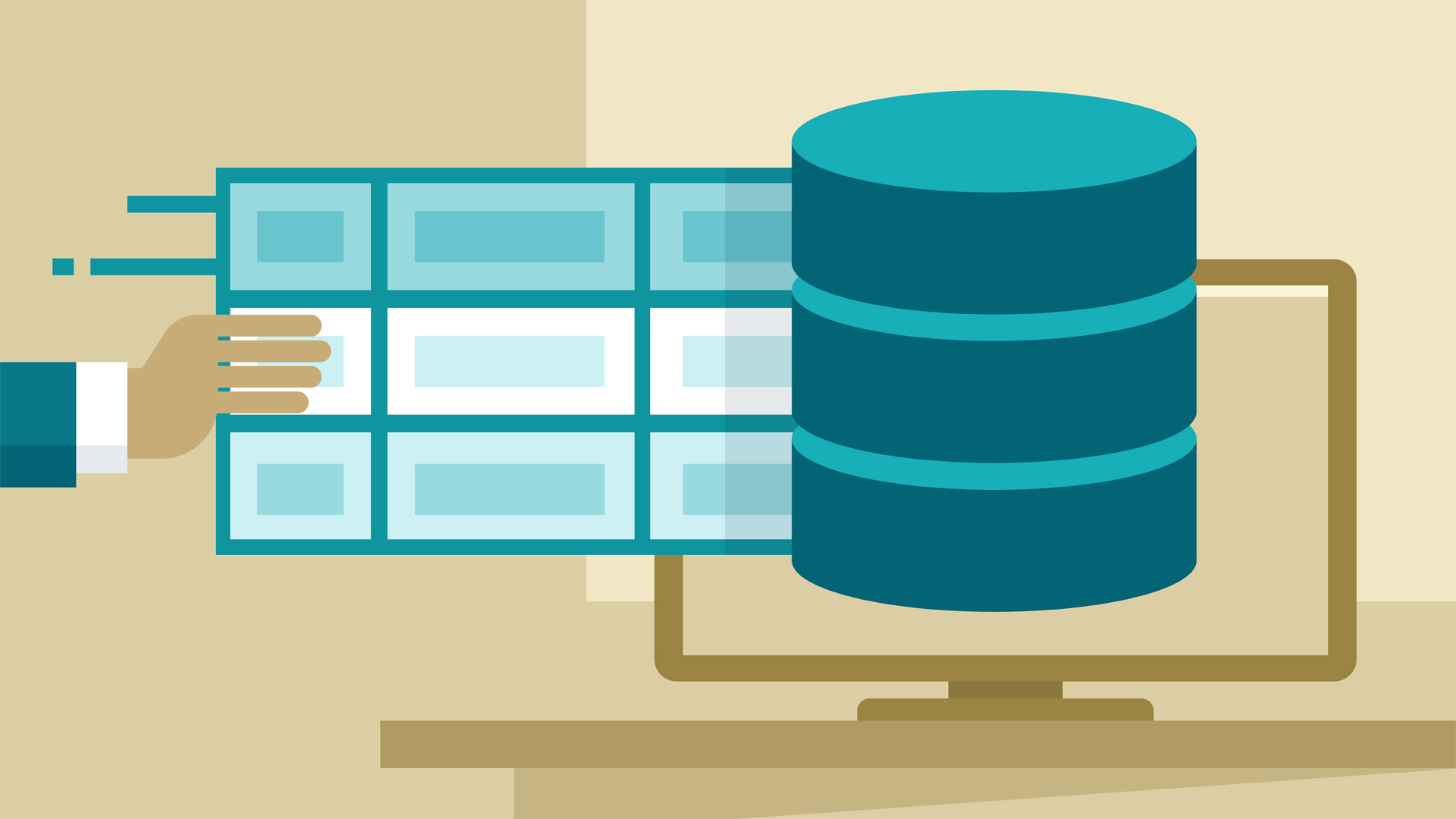How To Choose Database Automation Software
A database is an organized system designed for collecting, restoring, and displaying information. It includes storing data entry records and domains within each record to specify information like names, addresses, and other body of facts. A database automation software is built to manage, search, and extort the info contained with them. Structured Query Language or SQL is a programming language in which many databases depend on creating relational databases.
- Deciding what user want their database to do:
The software meets the organization’s requirement based on the determining factor that what they want their database to perform, instead of acquaintances with the platform that the program is evolved in.
- The database should be wide enough for growth:
Numerous users will simultaneously need access to the database so, the database should possess the capability to host multiple users even though the organization starts with a single user but furtherly think for the growth of organization and anticipate others to need access to data.
- Choose between off the shelf database software and custom software:
For building a simple database SQL Server, Microsoft Access has some standard packages that are easy to use. But if the users are looking for well-advanced designs, they should opt to buy a system that is worth all the features they need, and rather than build a custom application, it is better to go for a customized one.
- Research all available options:
Get a database that could meet expectations and needs. Though researching and knowing in detail is a time-consuming process, it is worthwhile to save in the future if it meets requirements accordingly.
- Contemplate web-enabled options:
Databases conducted on an Internet website consist of a smaller footprint, independent of server support and backup, and other related expenses. So consider having web-enabled options.
- Consider including free database software:
While choosing the software, consider including a free database software that will be befitting to small applications. Simple programs include MySQL, which is very inexpensive and free and is very optimizable with small-size applications. It is cost-efficient and can be customized under overall expenses, which is a complete package of savings.
- Think about who will access the database software:
Accessing the database software must be simple and convenient enough even for inexperienced and beginner users. With an inbuilt feature that ensures whether the data is inserted correctly and verified the errors. Therefore, the database must have the optimal ability to customize interfaces for power administrators and users.
- Search for security features:
If the company stores private information like credit card info must be however safeguarded from intruders. And the company must ensure that the collected data be encrypted while stored in databases, and the features must meet other requirements effectively.
- Ascertain that require a non-relational database or not:
Most database programs are relational databases that use structure or abstracts. Whereas non-relational databases assist in extracting the values from non-standard features like emails, web content
- Learn the basics of databases:
Learning the basics of databases, like understanding lingo, will make communication easier with vendors and others. So it is always the better option to know the types of databases and their basics
Conclusion:
The above-given information about database automation software would make it easier to simplify the operations in business functions. Therefore, choose an effective database software that would meet the user’s future requirements.


Comments are closed.